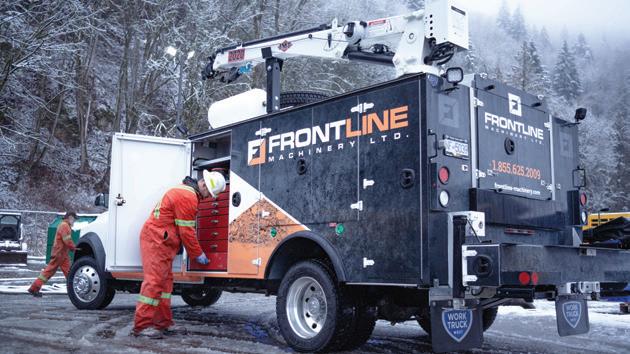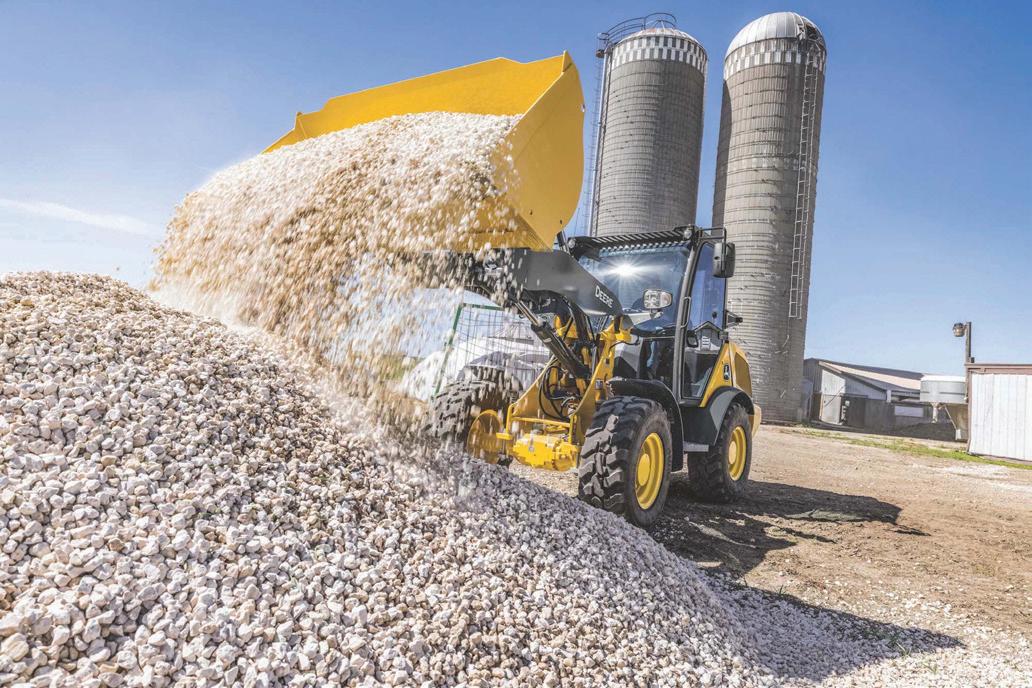
2 minute read
From the Editor
TELEMATICS MAKE A BIG DIFFERENCE IN MANY WAYS FOR CONSTRUCTION SECTOR
Our world is becoming more connected all the time, and the construction industry is steadily taking greater advantage of that connectivity. Contractors are increasingly recognizing the benefits of connected tools for their employees, the health of their machines, and their bottom line.
The growth of telematics through recent years has been remarkable and shows all indications of continuing forward at a good clip. One report from fleet software developer Azuga suggests that the global telematics industry will reach a value of $320.6 billion by 2026 – an increase of nearly 27 percent from 2019. The report notes that telematics, especially among truck fleets, has seen a boom in the past decade that is likely tied in to ELD mandates for trucks in both the U.S. and Canada.
While vehicle telematics, both commercial and consumer, has driven much of the growth overall, the construction sector has seen its own increase in connectivity. A report from market research firm Report Linker released earlier this year says that telematics used in construction was valued at $1.09 billion USD in 2021 and predicts it to grow to $2.1 billion by the end of 2027. The report suggests that there remains some reluctance to telematics integration in construction machines, but that owners are beginning to recognize the benefits more and more – especially the benefits of reduced maintenance and improved efficiency for fleets.
Predictive maintenance is a central focus of many telematics offerings today. These tools have always provided fleet owners the ability to track the way in which their equipment operates, as well as manage maintenance programs. Today, though, the goal is shifting toward predicting potential maintenance issues and correcting them before they become a breakdown and result in extended machine downtime.
These systems are taking advantage of advances in technology to assist in these goals. Machine learning, artificial intelligence, and more combine to help predict the possibility of maintenance problems and allow owners, dealers, and service teams to plan their maintenance in a way that reduces downtime.
We discuss the concept of predictive maintenance on vocational trucks in this issue; these vehicles are taking advantage of knowledge gained in on-highway telematics deployment to give dealers and owners a clearer snapshot of health and maintenance history.
Heavy equipment fleets are also able to benefit from predictive maintenance, allowing for advance notice of repairs to keep job sites moving. If an excavator loading trucks on an earthmoving project goes down suddenly in the middle of the day, expenses can soar – a replacement needs to be brought in, trucks are delayed, and repairs must be made as quickly as possible. With a predictive maintenance plan and technology in place, that breakdown could potentially be avoided, and the additional cost outlay eliminated.
We talk about technology a lot in the construction industry, and for good reason: as these tools become more advanced, they become more and more essential to improving construction operations. Whether it’s reducing emissions, improving service, or cutting costs, telematics and predictive maintenance are an important part of today’s construction tools.
Lee Toop
Editor
ltoop@baumpub.com heavyequipmentguide.ca




